The Secret to Balancing Powerlifting with Life Commitments
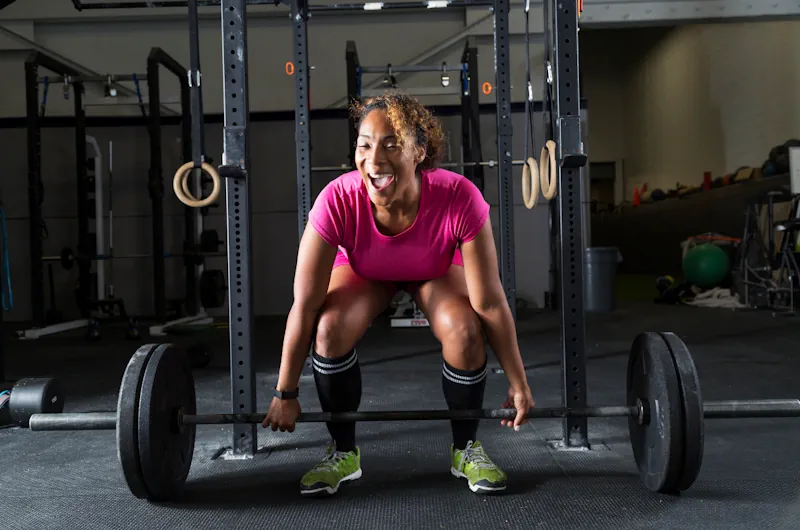
What's In This Article
- Key Highlights
- Introduction
- The Powerlifting Lifestyle
- Setting Realistic Goals for Older Athletes
- Time Management Strategies
- Nutrition and Recovery for the Older Athlete
- Family and Social Life Considerations
- Adapting Training for Sustainability
- Conclusion
- Frequently Asked Questions

Key Highlights
- Balancing powerlifting life commitments is possible with proper time management and setting.
- Older athletes still achieve powerlifting goals by tailoring their training and managing expectations.
- Nutrition and recovery play a crucial role in the performance and well-being of older powerlifters.
- Communicating with loved ones and finding support within the powerlifting community is important for balancing family and social life.
- Adapting training for sustainability involves adjusting workouts and incorporating flexibility and mobility work.
Introduction
Balancing powerlifting with other life commitments can be a challenge. However, with the right strategies and mindset, it is possible to pursue this demanding sport while still maintaining a fulfilling lifestyle. Powerlifting, including using equipment such as a barbell, requires dedication, discipline, and commitment, which can sometimes clash with work, family, and social responsibilities. However, by understanding the powerlifting lifestyle, setting realistic goals, managing time effectively, prioritizing nutrition and recovery, and finding support within the powerlifting community, individuals can strike a balance and achieve success both in and out of the gym.
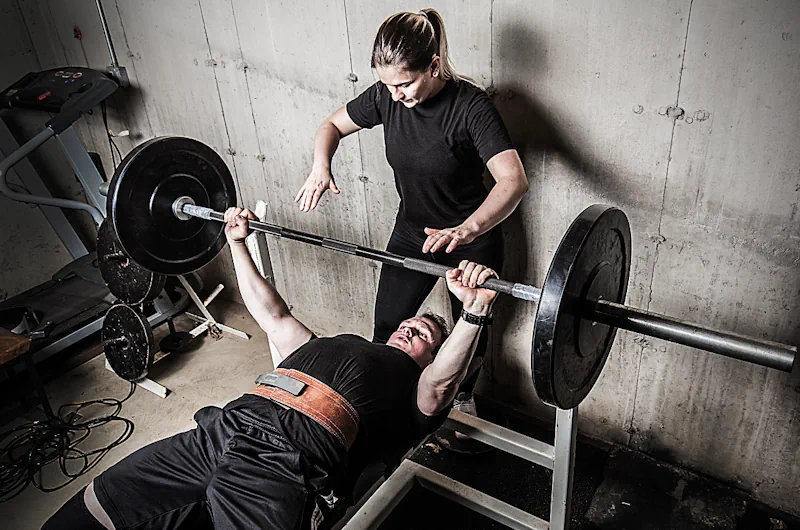
The Powerlifting Lifestyle
Powerlifting is a strength sport that involves three main lifts: the squat, bench press, and deadlift. Athletes compete in various weight classes and aim to lift the heaviest weights possible in each lift. This sport requires a high level of physical and mental strength and a commitment to consistent training and improvement.
Daily routine and dedication are key aspects of the powerlifting lifestyle. Athletes often follow structured training programs focusing on building strength and improving technique. These programs may involve multiple sessions per week, with each session focusing on specific lifts and accessory exercises. Powerlifters also prioritize recovery, as intense sessions can take a toll on the body. This includes proper nutrition, rest, and foam rolling and stretching techniques to prevent injuries and enhance performance.
The commitment powerlifting demands
Powerlifting demands a high level of commitment from athletes. It requires consistent training, often multiple times per week, to build strength and improve technique. Athletes must prioritize their sessions and make time for them in their daily routines. This may involve sacrificing leisure time or other activities to dedicate sufficient time to training and maintaining a strong mentality. Powerlifters also need to be mentally prepared for their challenges, such as plateaus in progress or setbacks due to injuries. It is important to stay dedicated to the sport and maintain a strong mindset to overcome these obstacles and continue progressing in powerlifting.
Balancing training with daily life
Balancing training with daily life commitments can be a challenge for powerlifters. However, it is possible to balance proper time management and prioritization. One strategy is to schedule sessions at times that are convenient and least likely to interfere with other responsibilities, such as early mornings or evenings, after other commitments have been fulfilled. This may require sacrificing some leisure time, but it is important to communicate the importance of powerlifting and the time it requires to loved ones. Additionally, finding support within the weightlifting community can be beneficial, as fellow athletes understand the dedication and challenges involved in the sport. Powerlifters can achieve their goals while maintaining a fulfilling lifestyle by finding a balance between weightlifting and other life commitments.
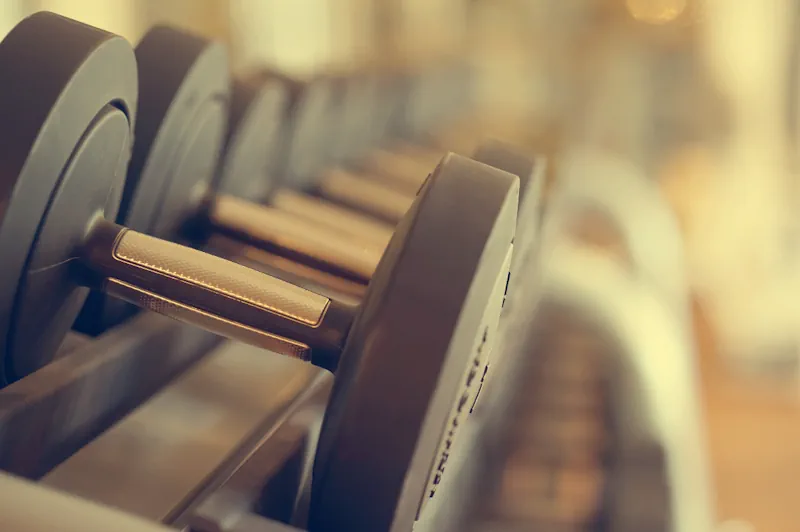
Setting Realistic Goals for Older Athletes
Powerlifting is not limited to young athletes. Older individuals can also participate in this sport and reap its benefits. Setting realistic goals is crucial for older athletes to ensure their training is effective and sustainable. These goals may include achieving personal records in specific lifts, improving overall strength and fitness, or participating in competitions.
Older athletes may face different challenges than their younger counterparts, such as age-related changes in strength and recovery. They should prioritize their mental health and maintain a positive mindset. Powerlifting can provide a sense of accomplishment and keep older individuals mentally and physically active.
Tailoring your powerlifting goals
Older athletes should tailor their powerlifting goals to their individual capabilities and circumstances. This may involve adjusting the intensity and volume of training to accommodate age-related changes in strength and recovery. Setting realistic goals can help older athletes avoid burnout and injuries. Focusing on gradual progress and celebrating small victories along the way is important. By setting achievable goals and working towards them consistently, older athletes can continue improving their strength and powerlifting performance.
Managing expectations and progress
Managing expectations and progress is crucial for older athletes in powerlifting. It is important to understand that progress may be slower than younger athletes and that age-related factors can impact performance. However, this should not discourage older athletes from pursuing their goals. By maintaining a positive mindset and focusing on their progress rather than comparing themselves to others, older athletes can continue to achieve personal records and improve their overall fitness and strength, leading to a feeling of accomplishment. Celebrating every milestone and recognising the efforts put into training is important. Powerlifting is a journey, and progress can be measured in various ways beyond lifting heavier weights or completing sets in less time. By managing expectations and staying committed to their training, older athletes can continue to enjoy the benefits of powerlifting while maintaining a balanced approach to their overall well-being.
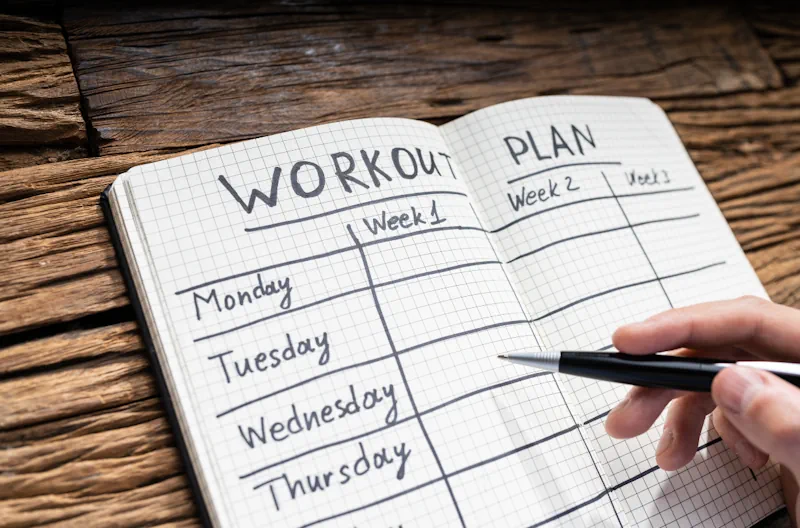
Time Management Strategies
Effective time management is essential for balancing powerlifting with other life commitments. Powerlifters often have busy schedules, including work, family, and social obligations. However, with proper planning and prioritization, making time for training and still fulfilling other responsibilities is possible.
Prioritizing your training sessions
It is important to prioritize sessions to effectively balance powerlifting with other commitments. This may involve scheduling specific times during the week for training and treating them as non-negotiable appointments. By prioritizing training and proper prep, powerlifters can ensure they consistently make time for their workouts and maintain progress towards their goals. This may require sacrificing other activities or finding creative ways to fit training into a busy schedule. By prioritizing training, powerlifters can stay consistent and continue to improve their strength and performance.
Integrating powerlifting into a busy schedule
Integrating powerlifting into a busy schedule requires careful planning and organization. This may involve finding pockets of time throughout the day to fit short workouts or breaking up training sessions into smaller, more manageable chunks. Powerlifters can also use technology, such as fitness apps or online coaching programs, to optimize their training and maximise available time. Flexibility and adaptability are important, as life commitments may vary daily. By integrating powerlifting into a busy schedule, powerlifters can maintain consistency in their training and progress towards their goals.
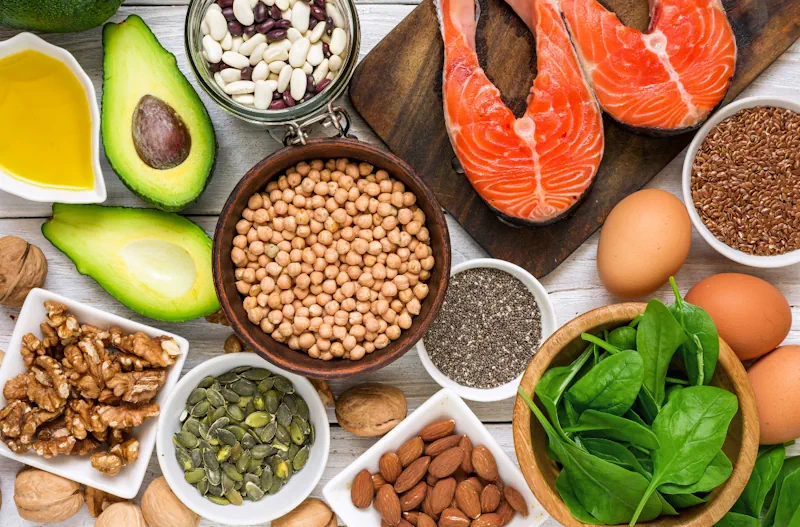
Nutrition and Recovery for the Older Athlete
Proper nutrition and recovery are essential for the performance and well-being of older powerlifters. As athletes age, their nutritional needs may change, and they may require diet adjustments to support their training and recovery.
Nutritional needs for strength training
Strength training places additional demands on the body, and older powerlifters must ensure they are properly fueling their workouts. Adequate protein intake is important for muscle repair and recovery. Older athletes may also benefit from increased carbohydrate consumption to support their energy needs during training. Additionally, staying hydrated is crucial for optimal performance and recovery. Consulting with a registered dietitian or nutritionist can help older powerlifters develop a nutrition plan that meets their individual needs and supports their training goals.
Recovery techniques to enhance performance
Recovery is an essential part of the training process for older powerlifters. Adequate rest and sleep are crucial for muscle repair and growth. Older athletes may require additional recovery techniques, such as foam rolling, stretching, or massage, to reduce muscle soreness and improve flexibility. Prioritizing recovery also includes giving the body sufficient time to recover between training sessions and incorporating active rest days into the schedule. Focusing on proper nutrition, rest, and recovery techniques can help older powerlifters enhance their performance and prevent injuries.
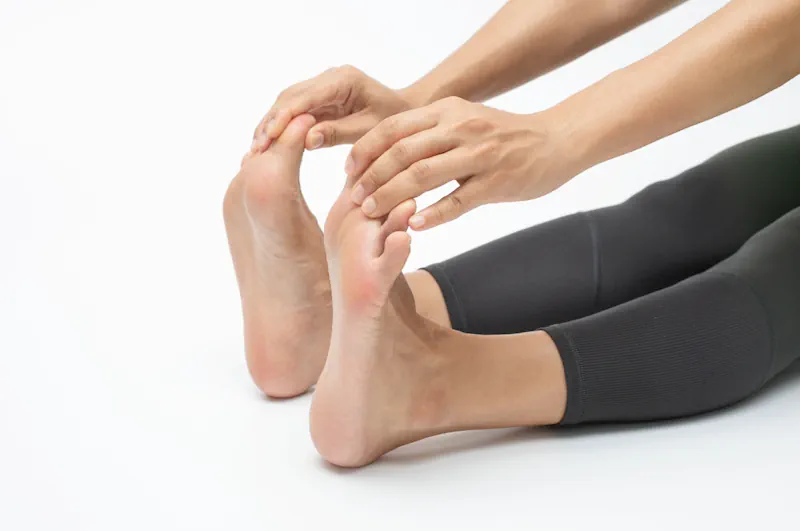
Family and Social Life Considerations
Balancing powerlifting with family and social life requires open communication, understanding, and finding a support system. The demands of training and competition, including the need for cardio, can sometimes take time away from loved ones and social activities, especially for those who are single parents.
Communicating your commitment to loved ones
It is important to communicate your commitment to powerlifting with your loved ones. This involves explaining the time and energy you invest in training and competition and the benefits you derive from this sport. Open and honest conversations can help your loved ones understand your passion and the importance of lifting in your life. It is also crucial to listen to their concerns and find ways to incorporate their support and involvement in your fitness journey.
Finding support within the powerlifting community
The powerlifting community can be a valuable source of support and encouragement. Connecting with fellow powerlifters through local clubs, online forums, or social media can provide a sense of belonging and understanding. Sharing experiences, tips, and advice with like-minded individuals can help powerlifters navigate the challenges of balancing training with other commitments. Attending powerlifting events and competitions can also allow one to meet and network with other athletes, including lifters from other teams. Finding support within the community can enhance the overall experience of the sport and make it easier to balance with family and social life.
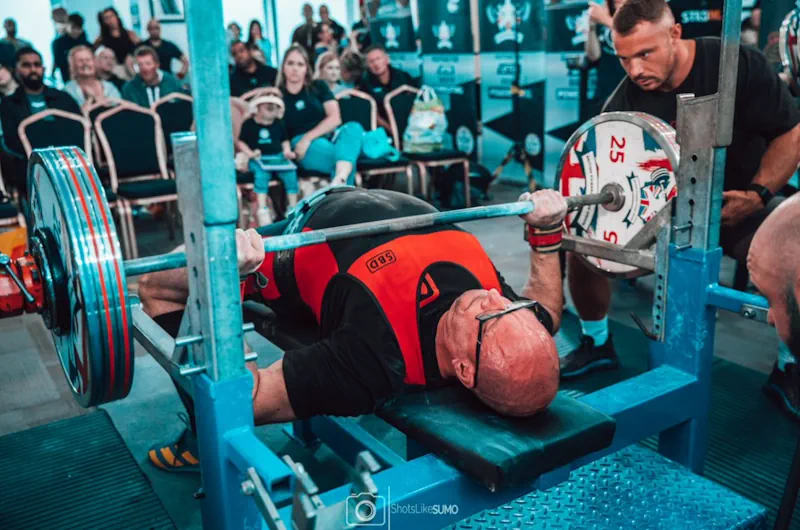
Adapting Training for Sustainability
Adapting training for sustainability is crucial for older powerlifters. As athletes age, they may be more prone to injuries or experience limitations in mobility and flexibility. However, with proper adjustments and a focus on injury prevention, powerlifters can continue to train and compete while minimizing the risk of setbacks.
Adjusting workouts to prevent injury
Older powerlifters must adjust workouts to prevent injury. This may involve incorporating more warm-up and mobility exercises to prepare the body for lifting. Powerlifters should also listen to their body and modify intensity or volume as needed. They should pay attention to any pain or discomfort and seek professional guidance if necessary. Working with a qualified coach or trainer can help older athletes develop training programs that address their specific needs and minimize the risk of injury.
Incorporating flexibility and mobility work
Flexibility and mobility work is important for older powerlifters to maintain joint health and prevent limitations in movement. Regular stretching, foam rolling, and other mobility exercises can improve flexibility, enhance range of motion, and reduce the risk of injury. Powerlifters should allocate time within their training sessions or dedicate separate sessions for flexibility and mobility work. By prioritizing flexibility and mobility, older powerlifters can continue to move effectively and efficiently in their lifts, maximizing their strength and performance.
Conclusion
In conclusion, balancing powerlifting with life commitments requires dedication, realistic goal-setting, effective time management, proper nutrition, and family support. Older athletes must tailor their training, manage expectations, and prioritize recovery to sustain performance and prevent injuries. Communicating your commitment to loved ones and finding community support is crucial for maintaining balance. By integrating powerlifting into busy schedules and focusing on sustainability, older athletes can enhance their quality of life through strength training. Remember, success in powerlifting is not just about lifting weights but also about managing a holistic lifestyle approach.
Frequently Asked Questions
How often should older athletes train for powerlifting?
Older athletes should train for powerlifting based on their individual capabilities and recovery abilities. Depending on their goals and training program, this may range from 2-4 training sessions per week. It is important to listen to the body and adjust training frequency accordingly.
Can powerlifting improve the quality of life for older adults?
Yes, powerlifting can improve the quality of life for older adults. It provides mental and physical challenges, promotes a sense of accomplishment, and can enhance overall well-being and mental health.
What are the best recovery methods for older powerlifters?
The best recovery methods for older powerlifters include proper nutrition, adequate rest and sleep, foam rolling, stretching, and other techniques that promote muscle recovery and reduce the risk of injuries. Older powerlifters should prioritize their well-being and listen to their bodies' needs.